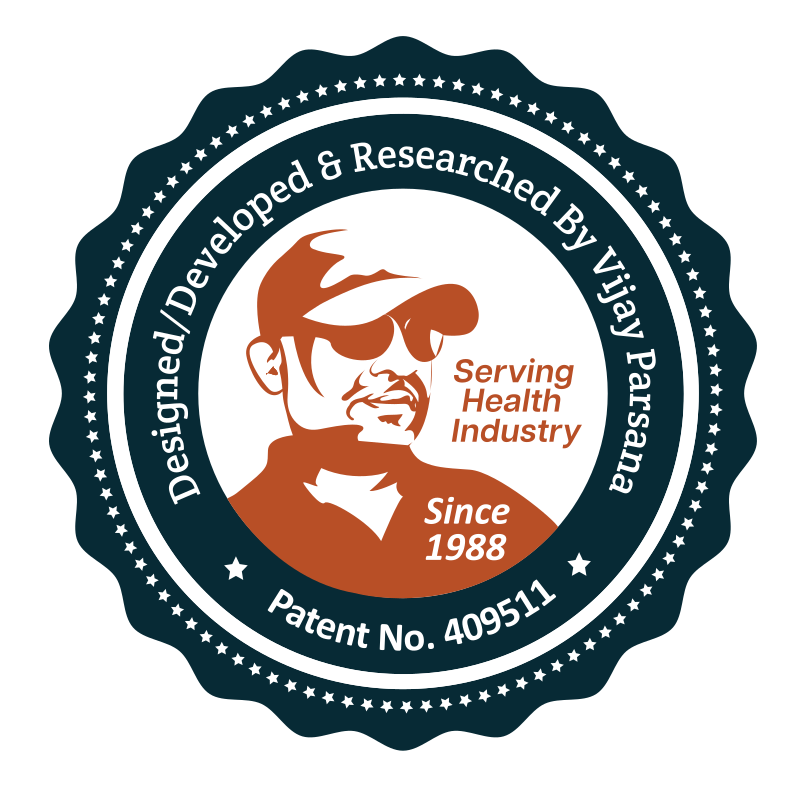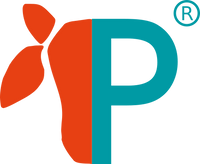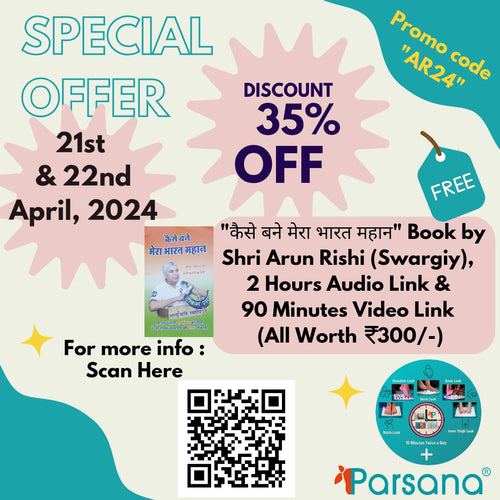
Key Differences Between Acupressure and Acupuncture
Updated on : Feb 14 , 2024
In the world of holistic medicine, two practices stand out for their potential to relieve pain and promote healing: acupressure and acupuncture. Both are rooted in traditional Indo-Chinese medicine and target specific points on the body; yet, they diverge in significant ways. If you're exploring these alternative therapies, it's crucial to understand the contrasts to determine which might best suit your needs and preferences. Below, we break down ten key distinctions to deepen your knowledge and inform your wellness decisions.
1. Technique
Acupressure involves applying manual pressure—often with the fingertips or palms—to certain points along the body's meridians, or energy pathways. Conversely, acupuncture is the insertion of thin needles into those same points to stimulate and balance the body's energy, or Qi, for therapeutic outcomes.

2. Tools Used
The primary tool in acupressure is the human body: fingers, palms, or even elbows may be utilised to apply pressure. On the contrary, acupuncture necessitates the use of thin, sterile needles, which vary from the tools employed in acupressure. This is a little technical. If you find difficulty in self-acupressure through such tools; try using the Parsana Acupressure Therapy Plate which is a self-acupressure device on which you simply need to walk.

3. Application
Acupressure can be readily self-administered by individuals following proper guidance. It is also common to receive acupressure therapy from a trained practitioner. Acupuncture, however, is typically performed solely by a skilled professional, as the insertion of needles requires a high level of precision and knowledge of the body's meridians.
4. Purpose
Acupressure is frequently employed to relieve tension, promote relaxation, and enhance one's overall mental and physical well-being. It is an accessible way to address minor ailments and health concerns. Meanwhile, acupuncture is used to treat specific illnesses and conditions, including chronic pain, migraines, and even fertility issues, as it aims to restore harmony in the body's energy flow.
5. Mechanism of Action
In Acupressure, applying pressure to specific points purportedly stimulates the body's natural self-healing mechanisms and aids in tension release. Acupuncture follows a similar principle but uses the insertion of needles to achieve the desired effects on the Qi flow.
6. Efficacy
While both are known to offer relief and healing, the scope of their effectiveness differs. Acupressure is often chosen for its general wellness benefits and support for minor ailments. On the contrary, acupuncture is renowned for treating a wide range of conditions, making it more popular for those seeking treatment for chronic issues.
7. Safety
Acupressure is generally considered safe with minimal risk and is essentially an aseptic practice, meaning it carries no risk of infection. Acupuncture, when conducted by a trained practitioner who follows proper safety protocols, also carries minimal risk, although there is a slight possibility of minor bruising or, in very rare cases, infection at the needle site.
8. Accessibility
The accessibility of these two therapies varies significantly. As mentioned, acupressure can be practised by anyone, anywhere, once the principles and techniques are understood. Acupuncture, due to the requirement of specific training and the use of needles, is not something that can be conducted at home and necessitates visits to a qualified professional.
9. Cost
When comparing costs, acupressure emerges as the more affordable option. It can be self-administered, potentially negating any expenses beyond learning resources or devices. In contrast, acupuncture involves the cost of each session, typically higher due to the need for a trained practitioner's expertise and time.
10. Training and Education
To practise acupressure effectively, education and understanding of meridians and pressure point locations are essential. This usually involves workshops, courses, or self-study with a focus on body awareness and sensitivity. Acupuncture, on the other hand, requires extensive training and certification, often including an in-depth knowledge of anatomy and sterile needle techniques.

Understanding these differences will not only enhance your appreciation for the nuances of these ancient healing arts but also guide your decision-making process when it comes to incorporating these practices into your wellness routine. Whether you opt for the simplicity and affordability of acupressure or the targeted, in-depth therapy of acupuncture, both methods offer a natural, holistic approach to health. So, whichever you choose, enjoy the potential for enhanced well-being and balance on your journey towards optimal health.
Neglecting any one of these methods might lead to an incomplete treatment of chronic conditions. For example, acupuncture may help in treating migraines while acupressure may not be as effective. Similarly, acupressure may serve as a great method for relaxation, but acupuncture may be more effective for treating fertility issues. Furthermore, combining both techniques has shown to have synergistic effects and can provide a more comprehensive treatment approach for certain conditions. Ultimately, the key is to understand your unique needs and preferences and work with a qualified practitioner to determine which method or combination of methods is most suitable for you. With proper knowledge and guidance, you can harness the power of acupressure and acupuncture to enhance your overall well-being and lead a healthier, more balanced life. Let these ancient healing practices be part of your journey towards optimal health and wellness. So why wait? Start exploring the world of acupressure and acupuncture today! Keep learning and keep growing in your understanding and practice of these powerful techniques.
Parsna Acupressure Therapy Plate researched by VIjay Parsana; is an acupressure device which is probably the world's simplest acupressure tool. It can be practised by anyone at home or office before any prior technical knowledge of Acupressure or Acupuncture.
Remember, the journey towards optimal health is a continuous process, and these methods can be valuable tools in your wellness arsenal for years to come. So go ahead, try them out, and experience the positive effects of acupressure and acupuncture for yourself!


